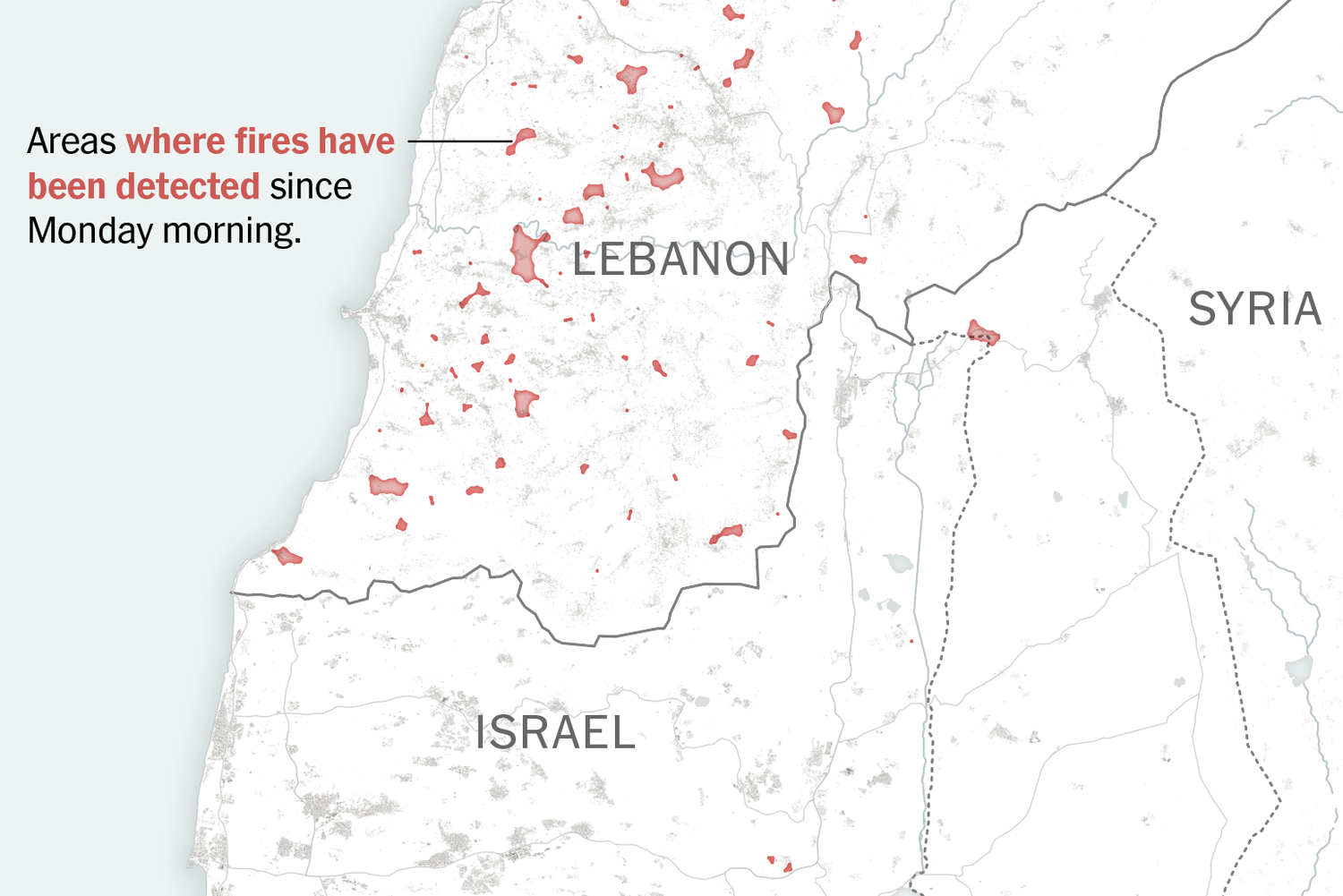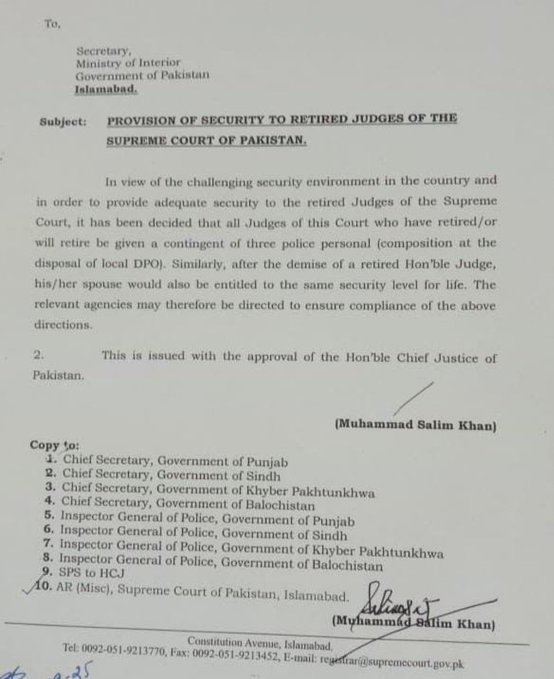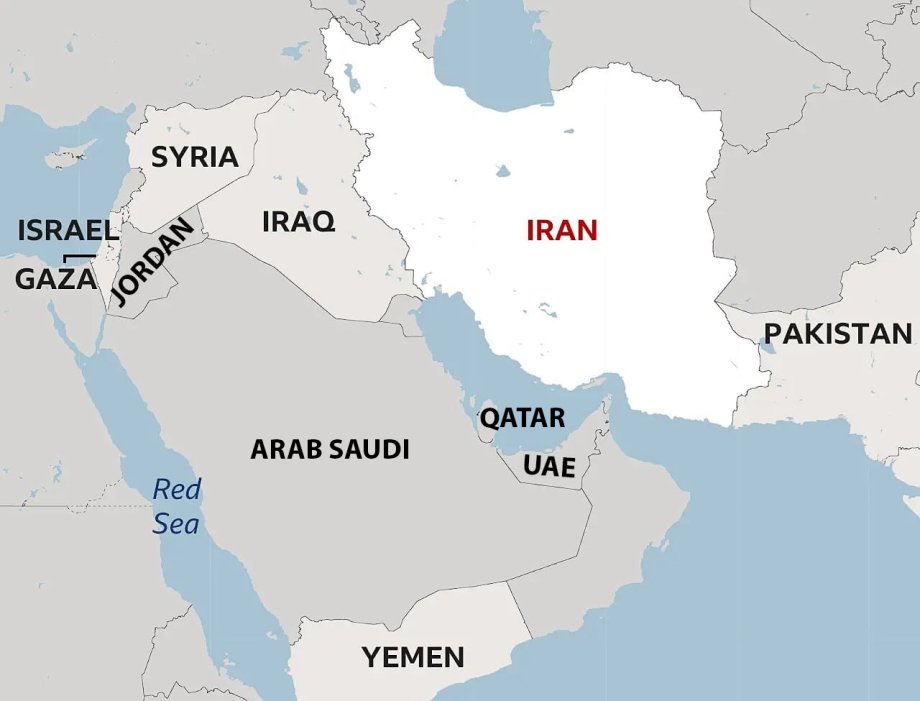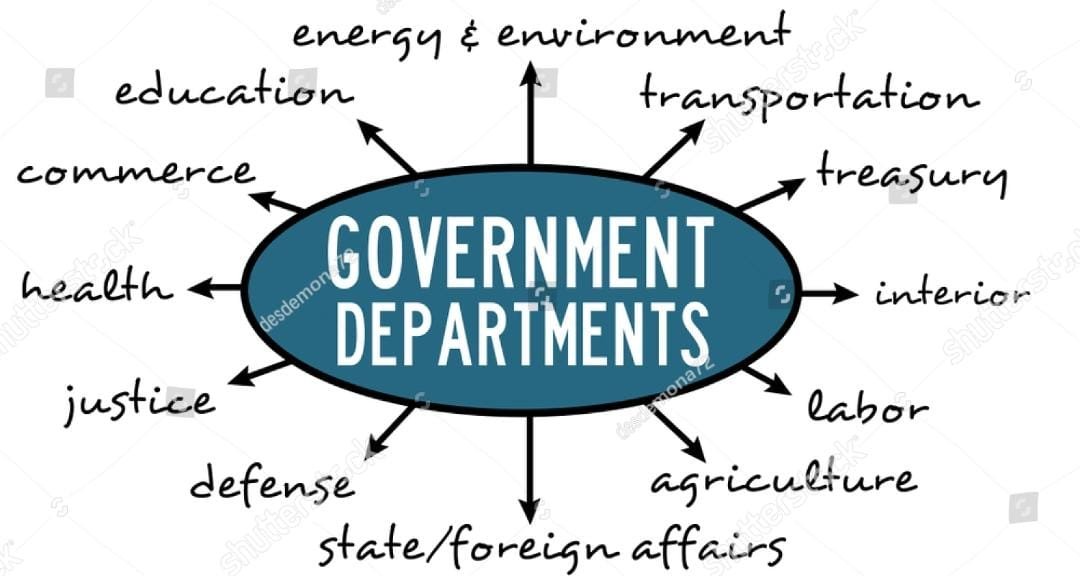Naveed Hussain
The Cold War was a period of intense geopolitical and ideological rivalry between the United States and the Soviet Union that lasted from the end of World War II until the dissolution of the Soviet Union in 1991. This era was characterized by a variety of geopolitical struggles, including the Korean War, the Vietnam War, and the Cuban Missile Crisis. It was also marked by intense ideological competition between the capitalist, democratic ideals of the United States and its allies and the communist ideology of the Soviet Union and its satellite states.
The Cold War was fueled by mutual mistrust, nuclear arms races, and proxy wars in various regions of the world. Both superpowers sought to extend their spheres of influence, leading to intense competition for dominance. The United States and the Soviet Union engaged in a series of strategic manoeuvres and initiatives to gain the upper hand without engaging in direct military conflict. This resulted in the formation of military alliances such as NATO and the Warsaw Pact, as well as the development of nuclear weapons and the space race.
The conflict between the United States and the Soviet Union had profound global ramifications, shaping the international order and influencing the policies of nations around the world. The end of the Cold War marked the collapse of the Soviet Union and the emergence of the United States as the world’s sole superpower, fundamentally altering the dynamics of global politics and ushering in a new era of international relations.
Overall, the Cold War was a pivotal chapter in modern history, defining the political, economic, and military landscape of the 20th century and leaving a lasting imprint on the trajectory of global affairs.
The ongoing tensions between the United States and China have raised questions about whether they indicate a return to the dynamics of the Cold War era, a period of profound global division and ideological conflict that lasted from 1945 to 1989. This era, which divided the world into two antagonistic blocs, holds significant historical importance and provides a crucial context for understanding the current situation.
During the Cold War, the adversaries were not just two nations or blocs but two distinct systems – communism, led by the USSR, and capitalism, led by the US. Communism was founded on dialectical materialism or Marxism, which envisioned a classless society based on collective ownership of the means of production as the inevitable future of humanity. On the other hand, capitalism was based on liberalism, advocating private property, profit maximization, individual rights, minimal government intervention in the economy, and multiparty democracy. The clash between these two systems was deeply rooted in their conflicting ideologies. Today, the US and China represent two different economic systems. The US follows a free-market capitalist system, while China operates under a mixed socialist market economy, which combines elements of socialism and market economy.
The USSR’s refusal to join the US-sponsored Bretton Woods Agreement, a landmark system for monetary and exchange rate management established in 1944, which also established global economic institutions such as the IMF and the World Bank, solidified the Cold War division. Additionally, the US’s containment strategy involved supporting anti-communist regimes, the Marshall Plan for European reconstruction, and forming NATO as the key military alliance. The USSR responded with its own anti-capitalism alliances. The establishment of the People’s Republic of China during this era further fueled the divide, especially during the Korean War, where the US and China fought on opposite sides.
However, unlike the USSR, China embraced peaceful coexistence with non-communist states and gradually shifted towards a market economy while maintaining a one-party political system. The end of the Cold War saw the global dominance of economic liberalism, with China transforming into a major economic power under its new system called ‘Socialism with Chinese Characteristics ‘, which combines elements of socialism and market economy, and emphasizes the leadership of the Communist Party of China.
China’s economic reforms have not only propelled its growth but also reshaped the global economic landscape. It has become the world’s largest manufacturer and exporter of goods and the second-largest trading nation. The Belt and Road Initiative (BRI) further demonstrates China’s economic reach and influence globally. This transformative economic ascent, coinciding with a relative decline in the US economy, has led to forecasts that China may overtake the US as the world’s largest economy in the coming decade, a prospect that holds significant implications for global dynamics.
The US response to China’s rise has included sanctions, additional import duties, and other measures aimed at curbing China’s economic influence. These actions have exacerbated tensions between the two nations. However, despite these tensions, it is important to note that the current US-China situation does not represent a return to Cold War politics. Unlike the Cold War, the current tensions do not pit two distinct ideologies against each other. China has benefited from and remains committed to market economics, a cornerstone of Western economic and political systems, and has not espoused an alternative economic doctrine. Additionally, China does not adhere to bloc politics or engage in ‘zero-sum competition ‘, a term that refers to a situation where one party’s gain is exactly balanced by another party’s loss, which differentiates it from the former USSR.















